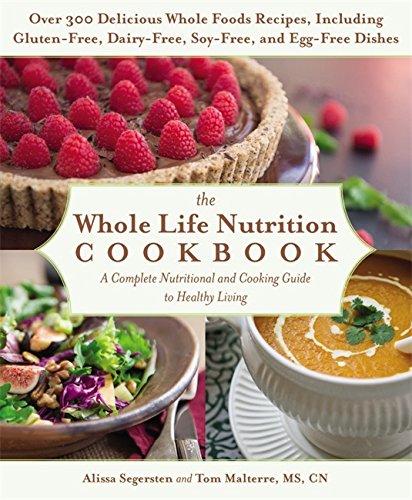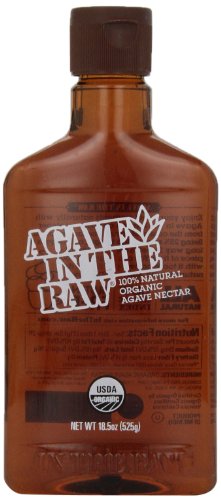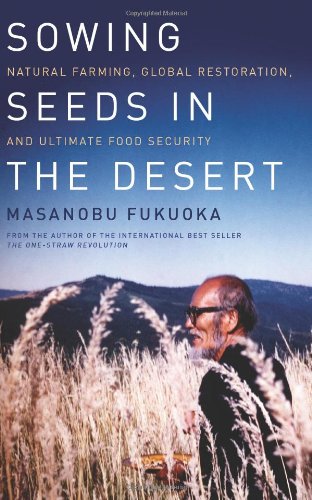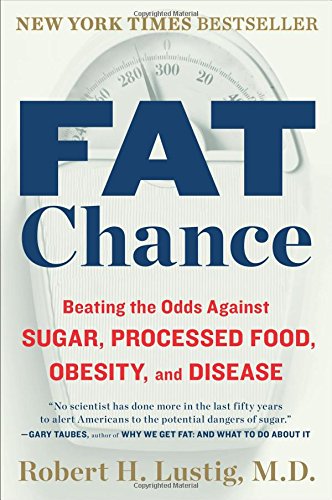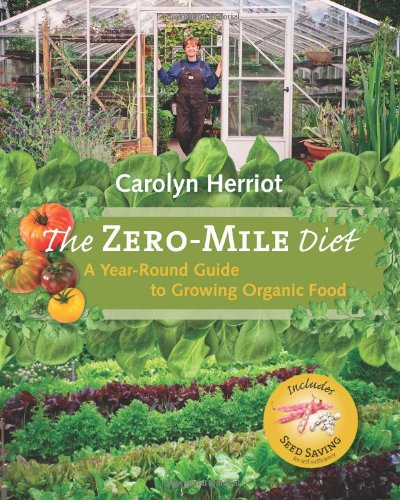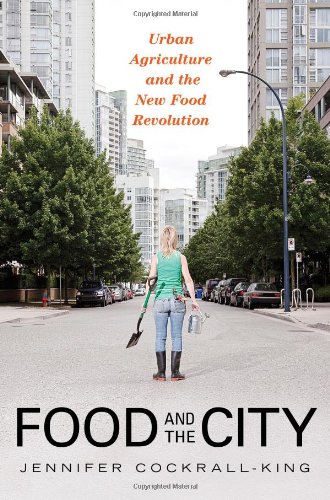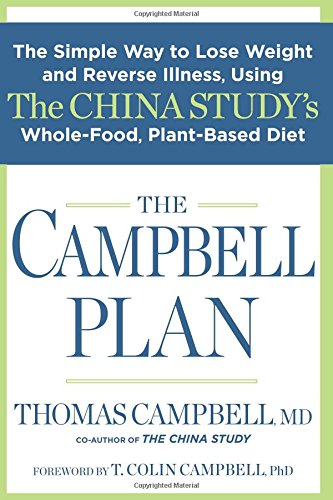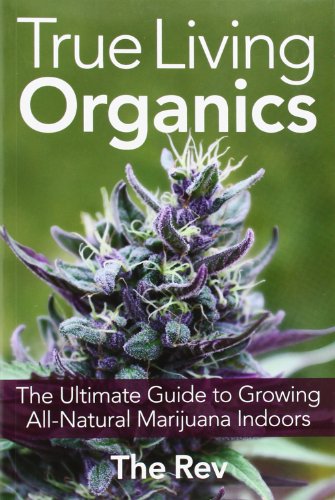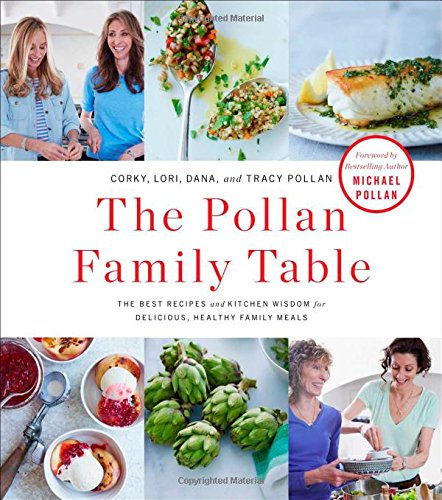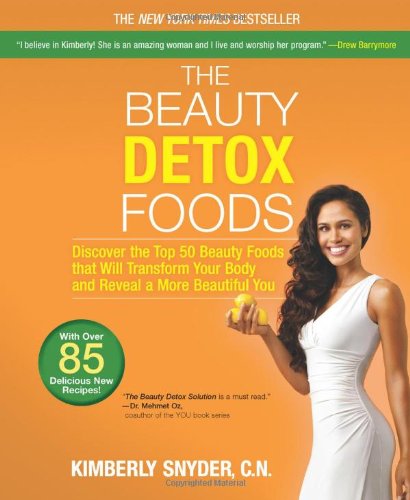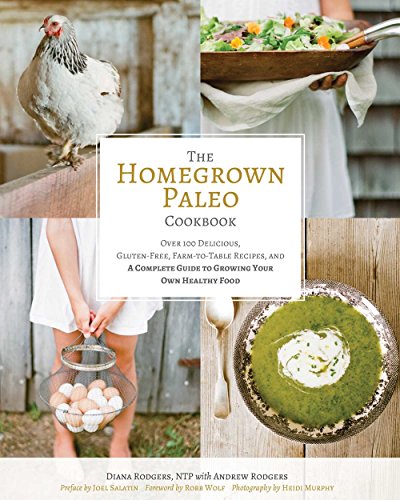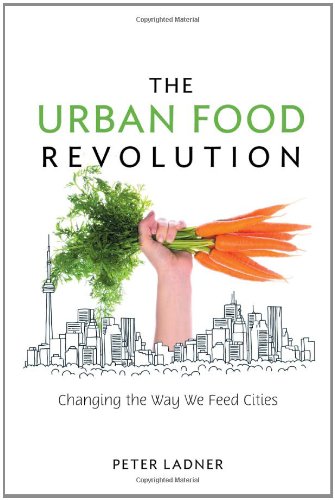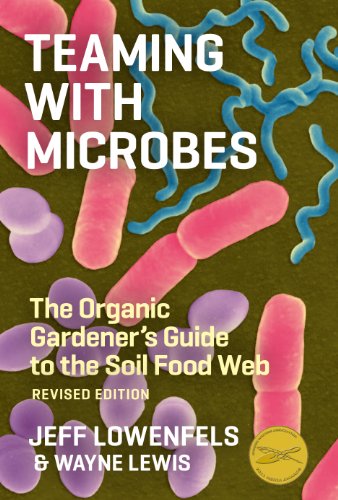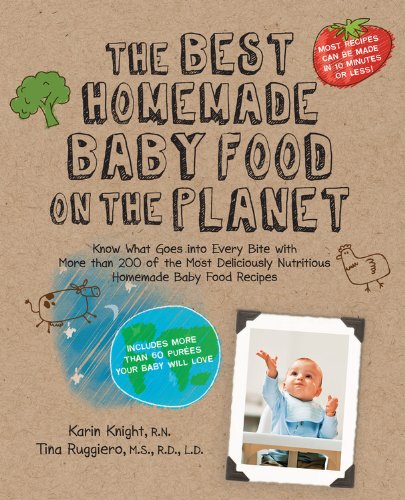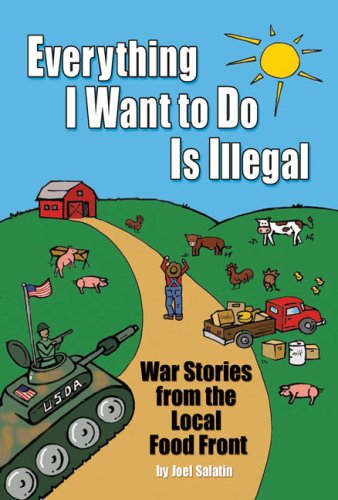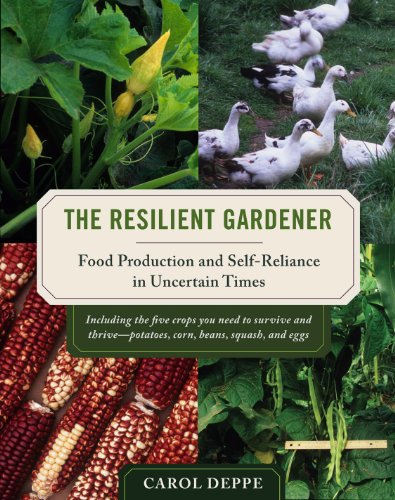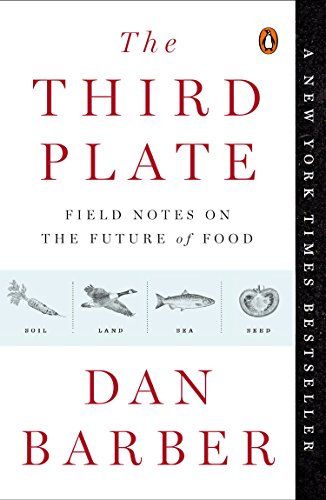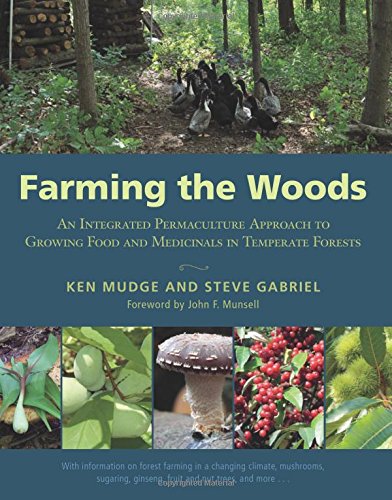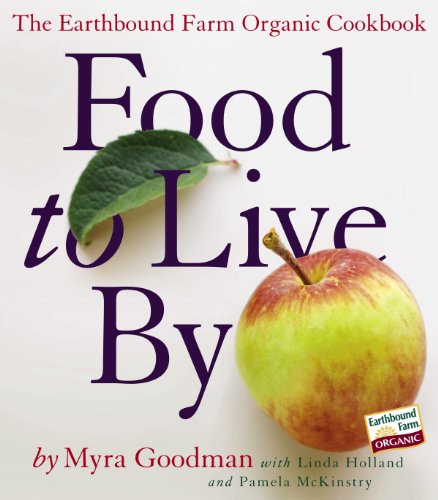
Food to Live By: The Earthbound Farm Organic Cookbook
Organic food is the best food possible. It’s synonymous with premium quality, delicious flavor, conscientious farming, and optimum health. It’s what we need to feed our kids, it’s what we deserve to feed ourselves. And thanks in part to Myra Goodman, co-owner and cofounder of Earthbound Farm with her husband, Drew, organic food is now available just about anywhere fresh food is sold, becoming more mainstream every day. Not only has Myra been growing organic food for over twenty years, she has been cooking with it, too. In Food to Live By she combines her twin food passions, serving up hundreds of recipes, ideas, shopping and cooking tips, health notes, and more. Illustrating the book are full-color photographs throughout that bring readers right into the breathtaking California sunshine. This is perfect cooking for friends and family, packed with irresistible dishes for weeknight dinners and casual entertaining, festive breakfasts and fall picnics. Recipes are all about the ingredients and their intrinsic qualities, not fancy techniques or time-consuming steps. Marry chicken with three simple accompaniments— rosemary, lemons, and garlic—and it’s transformed. Heighten the flavor of a springtime fava bean and orzo salad with an unexpected fava bean “pesto.” Combine Meyer lemon juice and soy sauce to create a marinade, tenderizer, and sauce that results in a perfect grilled flank steak. Food to Live By also includes a wealth of information about organic farming and how to make the wisest food choices; there are full-color Field Guides—to gourmet greens, apples, heirloom tomatoes, winter squash—and Farm Fresh ingredient guides to sorrel, corn, melons, avocados, organic poultry, asparagus, artichokes, ginger, and more, featuring what to look for plus care and handling. The book is a boon to food lovers.

